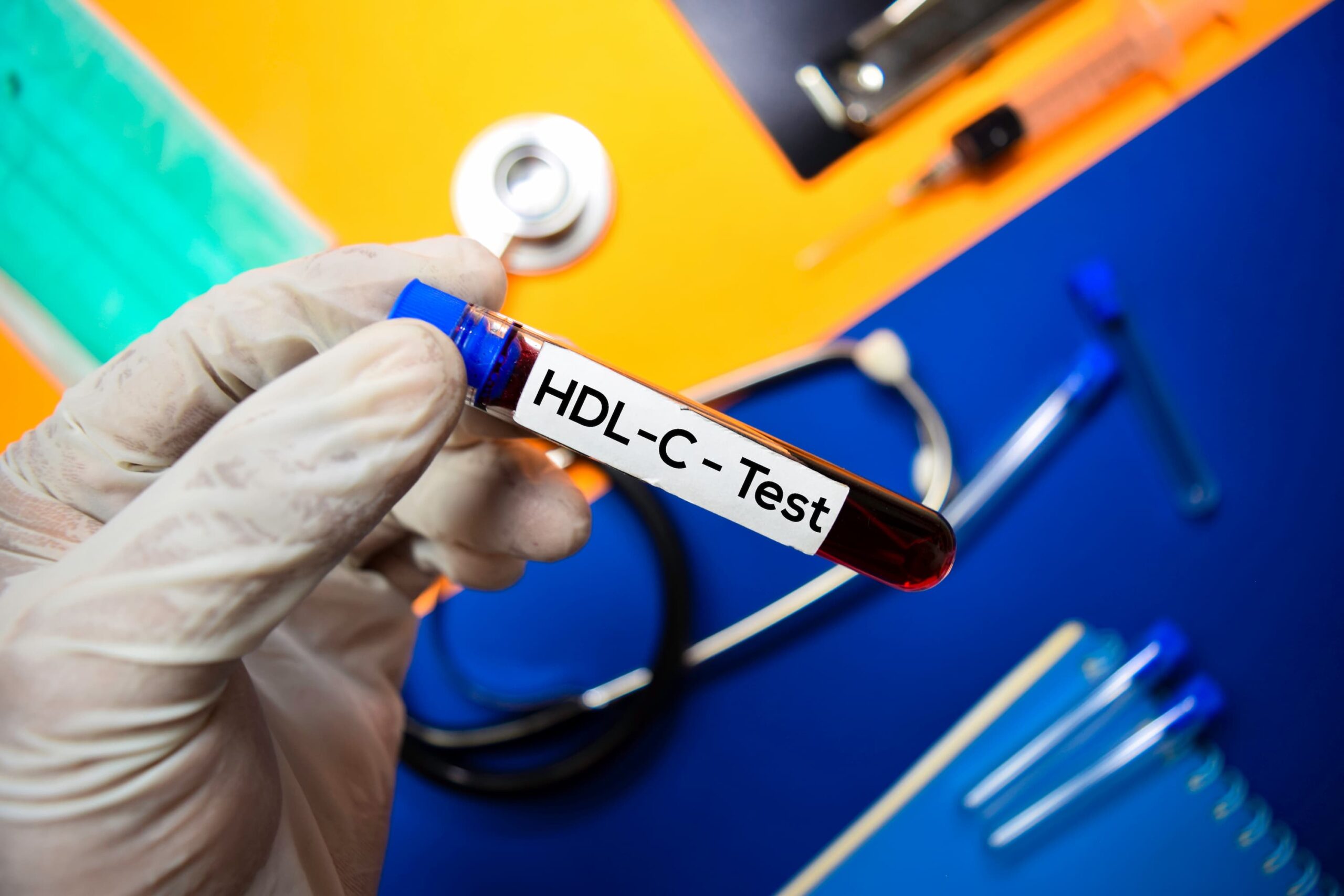Ratio of high-density lipoprotein cholesterol (HDL-C) to low-density lipoprotein cholesterol (LDL-C) (HDL-C/LDL-C) can be used to predict the prognosis of individuals at high risk for cardiovascular disease (CVD) without type 2 diabetes (T2D), with a ratio between 0.3 and 0.5 being the most helpful range for patients in this population, according to new data published by investigators in Chronic Diseases and Translational Medicine.1
What is the HDL-C/LDL-C Ratio?
Lipid management is a hallmark of CVD prevention and can improve patient prognosis. Patients with T2D have an especially heightened risk of CVD morbidity and mortality and has been directly linked to lipid metabolism. It is essential to identify more valuable lipid indicators for prognosis improvement and primary prevention.1,2
Accordingly, studies have affirmed that extremely high HDL-C and excessively low LDL-C can increase the risk of adverse prognoses, highlighting the potential role of the HDL-C/LDL-C ratio as a marker of cholesterol control. Controlling HDL-C/LDL-C ratio can be used to prevent coronary heart disease and stroke, with studies indicating that mortality from such diseases is lowest when HDL-C/LDL-C ratio is between 0.4 and 0.6. Critically, the ratio has been shown to be a more accurate predictor of clinical disease compared with individual lipoprotein levels.3-5
There is a lack of existing research on the HDL-C/LDL-C ratio, especially in populations at high CVD risk. Furthermore, there is limited data on whether such a ratio could be a reliable prognostic biomarker in populations with high CVD risk who both do and do not have T2D. The current authors aimed to address the association between HDL-C/LDL-C ratio and adverse prognoses in populations at high risk for CVD, while comparing its usefulness between populations with and without T2D.1
This analysis was based on the Fujian Cardiometabolic Diseases and Comorbidities Cohort trial (NCT06102187), which was an observational study conducted between 2017 and 2021 to assess CVD risk. Associations between HDL-C/LDL-C ratio and all-cause mortality were analyzed using restricted cubic spline curves (RCSs), and the investigators then categorized patients into 3 groups using thresholds of 0.3 and 0.5 for low HDL-C/LDL-C (less than 0.3), middle (HDL-C/LDL-C, between 0.3 and 0.5), and high HDL-C/LDL-C (more than 0.5).1
What is the Ideal HDL-C/LDL-C Ratio for CVD Prevention?
A total of 32,609 participants were included in the cohort. Based on the RCS analysis, a nonlinear U-shaped relationship between HDL-C/LDL-C and the participants’ all-cause mortality was identified. Compared with the other groups, the RCS analysis indicated that the middle group had the lowest all-cause mortality risk. Kaplan-Meier survival analysis revealed that cumulative all-cause mortality rate was higher in the low and high groups than in the middle group (P < .05), which was verified by a Cox proportional analysis.1
Additionally, the risk of all-cause mortality (hazard ratio [HR] = 1.40 [95% CI, 1.08—1.82], P < .05 for low; HR = 1.41 [95% CI, 1.15—1.71], P < .01 for high) was greater in the low and high groups than in the middle group in the univariate analysis. When the investigators controlled for covariates, the risk of all-cause mortality (HR = 1.48 [95% CI, 1.14—1.93], P < .01 for low; HR = 1.30 [95% CI, 1.06—1.58], P < .05 for high) was elevated in both groups.1
The investigators specifically examined associations between HDL-C/LDL-C and all-cause mortality in individuals with and without type 2 diabetes. Kaplan-Meier analyses revealed that the middle group without T2D presented the lowest cumulative all-cause mortality, while no statistically significant differences in all-cause mortality were observed across subgroups in populations at high CVD risk with T2D. Concurrently, Cox proportional hazards regression analysis demonstrated greater risk of all-cause mortality in the low and high ratio groups than in the middle group.1
Because HDL-C and LDL-C are widely available and simple-to-measure biomarkers, pharmacists and clinicians can easily calculate the ratio necessary to determine patient CVD prognosis. It is critical that the authors noted a range of a ratio of 0.3 to 0.5 was the most beneficial for patients, allowing pharmacists to specifically tailor treatment strategies and help patients reach their goals. Above all, another indicator that can provide early intervention in populations at high CVD risk is critical for primary prevention.1
“Maintaining HDL-C/LDL-C ratios within the range of 0.3–0.5 may have clinical significance for cohorts without T2D, whereas its prognostic implications in individuals with T2DM necessitate further exploration,” the study authors wrote in their conclusion.1






